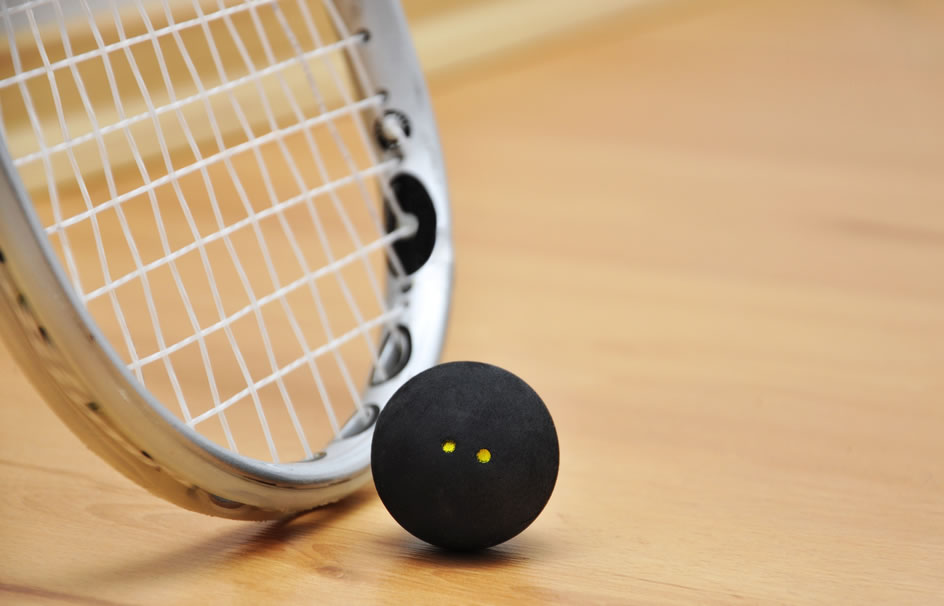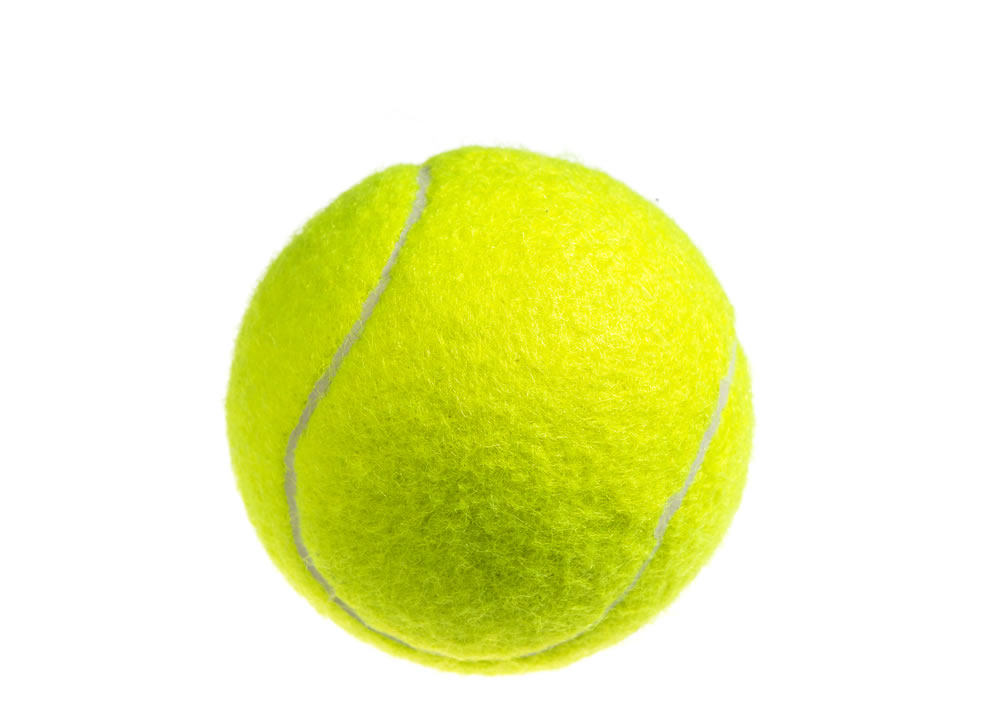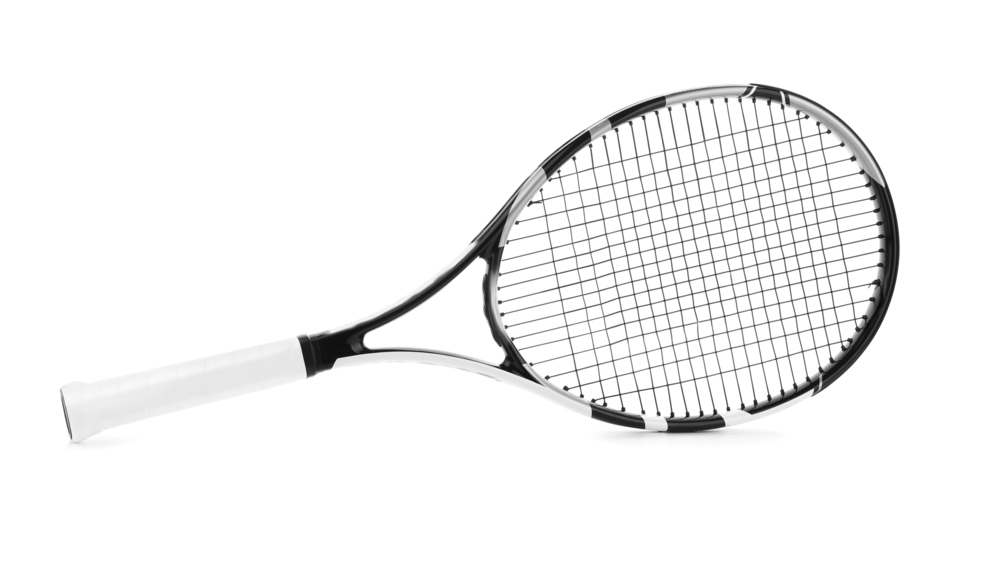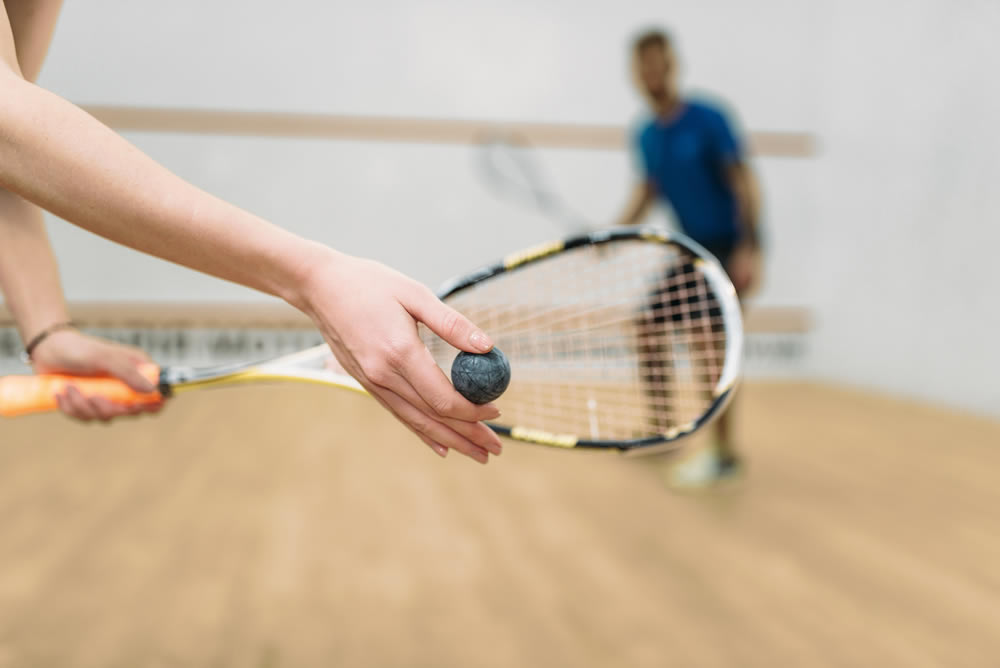






 KINETICS welcomes you to the world of squash! You’ll quickly become enthralled by this exciting, challenging, athletic and fun sport which has 25 million fanatical players from every corner of the world.
KINETICS welcomes you to the world of squash! You’ll quickly become enthralled by this exciting, challenging, athletic and fun sport which has 25 million fanatical players from every corner of the world.
SQUASH BENEFITS:
You can develop your new interest by becoming a member of ‘Kinetics Squash Club’, which will link you to other members and allow you to arrange matches with players of a similar level, get discounts on all merchandise at Kinetics Squash’s e-Store!
To read more about becoming a member, click here.
Also make sure you check out some of our other useful links:
Clubs – find a club to play at near where you live.
Rules of Squash – learn the rules of squash.
Code of Conduct – understand the importance of good sportsmanship and conduct.
Squash is a racquet sport played by two players (or four players for doubles) in a four-walled court with a small, hollow rubber ball. Once the ball is served, players take turns hitting the ball against the front wall, above the tin and below the outline.
The ball may strike the side or back walls at any time, as long as it hits below the outline and above the tin. The ball may only bounce once on the floor, and players may move anywhere around the court.
A match is the best of 3 or 5 games. Each game is played to 11 points. The player who scores 11 points first wins the game except that if the score reaches 10-all, the game continues until one player leads by two points. Either player may score points (PAR – point–a–rally). The server, on winning a rally, scores a point and retains the service; the receiver, on winning a rally, scores a point and becomes the server.
When it is his or her turn to play the ball, a player is entitled to freedom from interference by the opponent. To avoid interference, the opponent must try to provide the player with unobstructed direct access to the ball, a fair view of the ball, space to complete a swing at the ball and freedom to play the ball directly to any part of the front wall. If a player finds their opponent interfering with the play, they can accept the interference and play on, or stop play.
It is preferable to stop play and call out ‘Let’ if there is a possibility of colliding with the opponent, or of hitting him or her with racket or ball. In this situation, the point is then either replayed as a ‘Let’ if the opponent was making every effort to avoid the interference, or if the interference is substantial and the player could not have played the ball then a ‘Stroke’ is awarded where the player wins the point. The basis for a ‘Let’, ‘Stroke’ or ‘No Let’ can be complicated, particularly for new squash players, and it is highly recommended that the Rules of Squash are read to fully understand the distinction between each.
Players typically return to the center of the court (the ‘T’) after making a shot. A key strategy in squash is known as ‘dominating the T’, the intersection of the red lines near the center of the court. Skilled players will return a shot, and then move back toward the ‘T’ before playing the next shot. From this position, the player can quickly access any part of the court to retrieve the opponent’s next shot with a minimum of movement.
Compared to racquetball (another sport also played in a four-walled court), in squash, the better players become, the longer the rallies are and the more mentally and physically strategic and challenging the game becomes.
KINETICS provides balls which are Dunlop branded with a new construction technology (N-1SR³) that makes each ball more durable and playable.

The risk of eye injury in racquet sports such as squash is high according to Ophthalmology and Pediatrics, and eye care professionals who have studied sports eye injuries. Fortunately, these injuries are almost totally preventable with appropriate protective equipment.
All players and coaches must wear protective eyewear whether playing singles or doubles, hardball or softball squash during all activities involving racquets and balls that take place on a court at KINETICS Squash Club’s Court.

Racquets vary significantly in weight, power, balance, grip and frame and choosing a racquet is a personal decision that depends on what a person feels most comfortable with.
When starting out, the best option is to go to your local club pro shop and ask to trial of a range of their racquets so that you can understand the differences and decide on the racquet that most suits your strength, ability and preference.

A squash court has four walls and typically an unfinished wood panel floor. Walls can be made from various materials including glass, cement, wood, or plaster.
